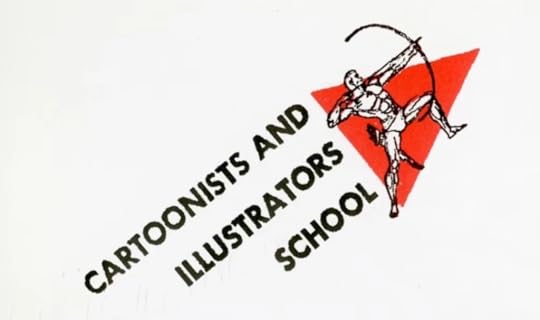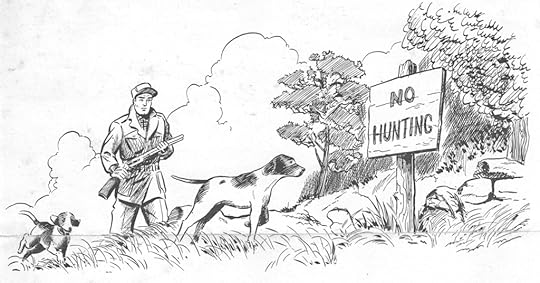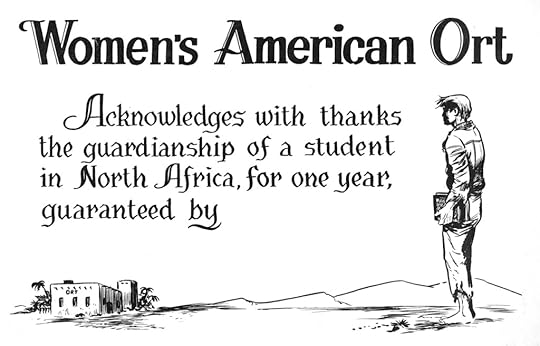Harry Harrison Centenary – Part 3: The College Years
After his discharge from the army in 1946, Harry Harrison returned to New York. Readjusting to civilian life was not easy, as he wrote in Hell’s Cartographers: “Coming out of the army was a traumatic experience and years passed before I could understand why. It seems very obvious now. I was a sergeant, I had been a gunnery instructor, a truck driver, an armourer, a power-operated turret and computing gunsight specialist, a prison guard with a loaded repeating shotgun to guard my charges when we went out in the garbage trucks, and a number of other interesting things. Though I loathed the army I was completely adjusted to it. I could not return to the only role I knew in civilian life, that of being a child.”
Having served his country, Harrison was entitled to something that former solders called the ‘52-20 Club.’ For fifty-two weeks, he would receive $20 while he searched for a job. “Employment was easy to dodge, and the twenty bucks was enough for beer money. Days passed easily.” He didn’t avoid work completely, as he told me in a 1985 interview: “I worked an hydraulic press for two or three days. Stamping out the sides of pliers – boringest job in the world!”
Harrison was 21 years old and had to decide what he wanted to do with his life. He didn’t want to end up in a series of menial jobs, so decided to pursue a college education. He would be supported in doing this by the ‘G.I. Bill’ – the Servicemen’s Readjustment Act of 1944 – which would pay his tuition fees and living expenses. Initially, Harrison decided to pursue art, attending Hunter College, which had been a women’s college but became co-educational in the 1950s. He ‘dropped out’ – his words – but continued to study privately with one of the tutors from the college, the painter John Blomshield.
John Blomshield (1895-1953), referred to himself as the ‘last mannerist,’ and is chiefly remembered for his portraits. He was in Paris in 1925 where he met Ernest Hemingway and produced a pencil sketch that was used as used as the author’s portrait for the dust jacket of the first edition of The Sun Also Rises (1926). It has also been suggested that Blomshield was also the inspiration for the character Clive in Christopher Isherwood’s 1939 novel Goodbye to Berlin – a character who became Baron Maximilian von Heune in the 1972 film adaptation Cabaret. In his memoir, Harrison described the painter as ‘a fascinating man’ and a ‘font of fine stories.’
 Image of John Blomshield from a flyer advertising tuition via the Cartoonists & Illustrators School
Image of John Blomshield from a flyer advertising tuition via the Cartoonists & Illustrators SchoolAn early resumé says that Harrison attended Hunter College for six months and that he studied cast drawing, watercolor, oil painting, life drawing, and art history with Blomshield for three years. He also studied privately with Patrick Stigliani (1926-2003) for two and a half years. Dates are not given. Harry Harrison chose to continue his college education at the Cartoonists and Illustrators School, one of a number of vocational institutions set up after the war.
The Cartoonists & Illustrators SchoolThe school was founded in 1947 by educator Silas H. Rhodes, James Boyle, and artist Burne Hogarth. Some sources suggest that it was an expansion of Hogarth’s ‘Manhattan Academy of Newspaper Art,’ though no one has found any reference to that. Newspaper advertisements from late 1945 refer to a ‘Cartoonists and Illustrators Centre. It was based in a loft at 2091 Broadway. Later, Hogarth moved his classes to a larger space at Robert Louis Stevenson School. Alex Jay’s Tenth Letter of the Alphabet blog reproduces a clipping from the New York Post dated 10th October 1945, that includes a small advertisement for the school. It says: Learn cartooning with one of the leading cartoonists in the field – Burne Hogarth of ‘Tarzan’ fame. Classes start October 16th Eves. & Saturdays.
Hogarth also referred to the ‘centre’ in an article in The Artist’s Monthly dated January 1946(?), where he wrote that the “…the aim of the Cartoonists and Illustrators Center is to build working cartoonists – not simply beginners.”

When the centre was certified by the State Education Department in 1947, it was renamed the Cartoonists and Illustrators School, based at 112 West 89th Street. The New York Times for 19th January 1956 states that the school opened on the 20th August 1947. According to a letter from Burne Hogarth dated 22nd December 1948, Harry Harrison was a student of his for two years, beginning in September 1946.
Wikipedia says that there were three teachers at the school and 35 students, most of them Second World War veterans supported by the G.I. Bill. Harry Harrison listed his instructors at the school as Harry T. Fisk (1887-1974), Burne Hogarth (1911-1996), and Arthur Hale. Hogarth was known at the time as the artist for the Tarzan comic strip distributed by United Feature Syndicate. Today he is probably better known – at least outside the comics field – as the author of several books on anatomy for artists including Dynamic Anatomy (1958). The institution became the School of Visual Arts in 1956.
The Grand Comics Database has a list of 28 artists who attended the Cartoonists & Illustrators School – the names of Harry Harrison and Warren Broderick are missing from the list.
The journalist Pete Hamill (1935-2020) writes in his memoir A Drinking Life (2008) that he also attended the school. In chapter nine, he describes what it was like to be taught by Hogarth.
Classes were taught on weekday evenings, allowing students to work during the day. Some, like Hamill had nine-to-five jobs. Others were encouraged by the school to seek paying work as illustrators. This is what Harry Harrison did. One of his first credits is for The Bright Side of Chess by Irving Chernev, published by David McKay Company in 1948. Harrison provided cartoon illustrations for the chapter headings (This book was reprinted, with the original illustrations, by Dover Publications in 1965). The examples below were scanned from a page in Harrison’s portfolio.

In a similar vein, Harrison provided quite a few illustrations for The Chess Review magazine.
Other clients listed on his old resumé are Roland Bodee Agency (advertising), The American Esperantist, The National Guardian, and Wolozin Jewelry Co. “My published work, which has appeared in books, magazines, newspapers, book jackets, comic books, pamphlets, direct mail, and publicity work includes caricatures, spots, cartoons, illustration…” he wrote, and his advertising agency work included retouch, pasteup, type specification, layout, and lettering including speedball, display, show card lettering, and advertisements. In short, he gained a fair amount of experience as a commercial artist during the two years that he attended the Cartoonists and Illustrators School and the period immediately following. Here are some examples of that work:
 From a flyer promoting ceramic dogs for Goldcrest Ceramics Corp.
From a flyer promoting ceramic dogs for Goldcrest Ceramics Corp.
 Sample of artwork and lettering
Sample of artwork and lettering
 Advertising illustrations, client unknown
Advertising illustrations, client unknownNext: The Comic Book Years, Part 1
Paul Tomlinson is the author of over a dozen novels and books about writing genre fiction. www.paultomlinson.org
Harry Harrison's Blog
- Harry Harrison's profile
- 1036 followers



